The initial wave of before-launch hands-on accounts of using the Apple Vision Pro have been published, revealing more about the headset experience ahead of its release.
The Apple Vision Pro is nearing its consumer release, and just like other major hardware releases, it's being handed out to reviewers. Cue a new wave of hands-on articles.
This is not the first time Apple's headset has been subject to scrutiny, with it being demonstrated during WWDC 2023 and developer kits occasionally getting into the hands of the media, AppleInsider included. However, this is the first hands-on with the final hardware that will be provided to customers from February 2.
For this round of hands-on articles, it seems reviewers are offering more details about wearing it, including whether the Apple Vision Pro is comfortable or if there is discomfort. There was also more of a focus on new elements that were not around for the initial demonstrations.
Engadget: Discomfort and joy
Dana Wollman and Cherlynn Low writing for Engadget were trying on the headset, and the fit of the device was the first point of examination. For a start, the unit tried out differed from WWDC's version by having a strap that stretches at the back of the head.
Low felt "weighed down by the device" after 15 minutes, and was in pain five minutes later. The strap was changed to the Dual Loop version that went over the top of her head once she told Apple, which helped with weight distribution and minimized slipping.
In Wollman's case, the fitting felt like an optometrist's visit, and while strap tightening helped with focus, it pinched her nose. Switching out to the Dual Loop Band and Light Seal cushion helped in the end.
The new typing experience with the floating keyboard worked "fairly well" for Low, with eye-tracking and finger taps used alongside the apparently impressive finger touching. It's not to the level of actual keyboard usage, but it was useful enough for short phrases.
Wollman found it more frustrating, with none of the options feeling "adequate for anything resembling extended use." With the floating keyboard "clearly" needing improvement, she found it hard to imagine using the headset for "actual work."
Immersive video and Spatial Video clips led Wollman to feel "immersed, but also excluded," with the sense of being a ghost at an event where no-one sees or interacts with you.
A beta version of the Disney+ app was impressive and like a "video game" where users select their background before watching content. There was excitement from the Avengers Tower environment, as well as the viewer seeing their own hands in front of them in the Tattooine environment.
Meditation was relaxing, with leaves floating around the reviewers in darkness, before being guided by voice. "It's funny how oddly appropriate a headset is for something like meditating, where you can literally block out distractions in the world and simply focus on your breathing," said Low.
The final hands-on thoughts had Low impressed by the eye and hand tracking, but ultimately she didn't feel "convinced that I'll want to spend hours upon hours wearing a headset, even if the experience was mind-blowing," for a $3,500 device.
That said, it was the best "and easily the most thought-out" VR, AR, and MR headset Low has ever used.
Wollman also found it to be easier to use than expected, but while there's potential for it as an all-purpose device, the killer app is currently watching movies. "If you ask me what it felt like to use the headset, particularly photo and video apps, my answer is that I felt joy. It is fun to use."
The Verge: Clunky keyboard, but very familiar
In The Verge's demonstration with Apple, Victoria Song writes that the initial face scan with an iPhone for the light seal selection is very similar to setting up Face ID. Actually donning the headset isn't much different from many other VR headsets, such as the Meta Quest list, just with a more "Apple-y" design and headband.
Much like other VR headsets, "you feel it sitting on your head and wrecking your hairdo once you slip it on," Song says, feeling her hair "bunch up in the back."
The setup continues with eye-tracking, involving looking at dots and tapping fingers, before being dumped into the App Launcher. Vision tracking was still fast and accurate to Song, with menu items and buttons immediately highlighted once looked at.
Again, there was some trouble with the virtual keyboard being "clunky," though you "can type as fast as your eyes can move and fingers can pinch, which means it's much easier to dictate to Siri." There was some trouble with pinching and double-pinching gestures, with Song instructed to hold the pinch for shorter amounts of time.
In use, the device offers a world that "feels like a higher-resolution version of what Meta is trying to accomplish with the Quest but with a vastly more powerful M2-based computer to use inside." Novelty in opening the Disney Plus app with a virtual environment and a volcano demo were surprising due to the "quite lifelike" rock textures.
"This is all familiar stuff. It's just done well, and done with no lag whatsoever," she adds.
EyeSight, Apple's external display system showing the user's eyes to onlookers, is called "a bit goofy" when viewed externally. While worn, it's "strange to wear the headset and not actually know what's happening on that front display — to not really have a sense of your appearance."
With the EyeSight system and the potential use of the Apple Vision Pro in public, "the social cues of this thing are going to take a long while to sort out."
Towards the end of the demo, the weight of the headset began to be felt, with Song feeling the "beginnings of a mild headache," though the tension dissipated after taking it off.
Concluding, Song seems not entirely sure of the headset's reason for existing. "I kept replaying the demo over in my head. I know what I just saw. I'm just still trying to see where it fits in the real world."
 Malcolm Owen
Malcolm Owen
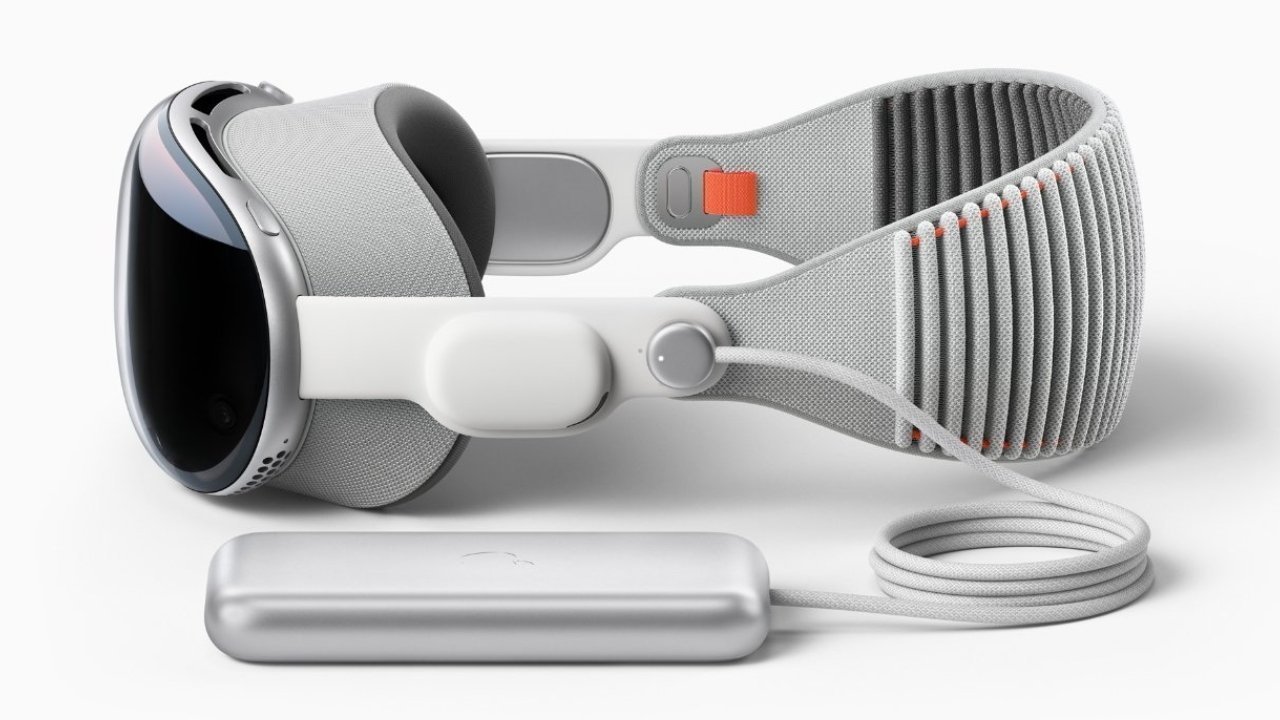
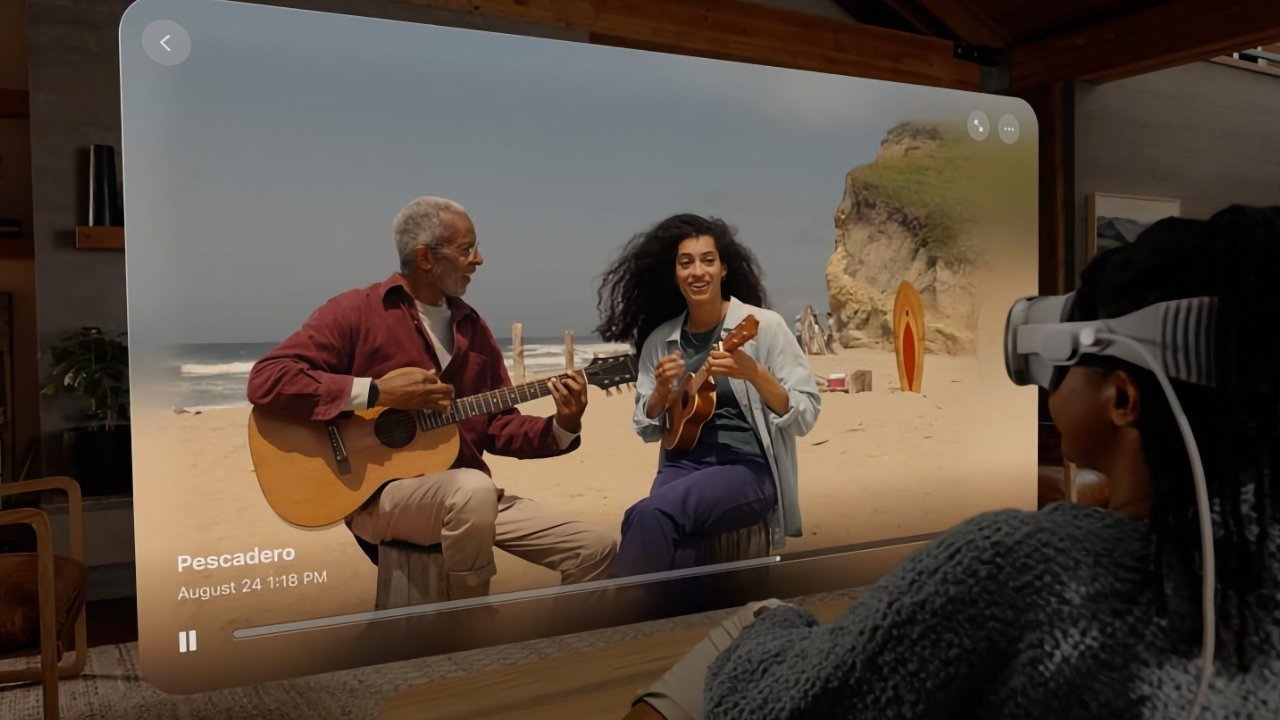
![Apple Vision Pro demonstration [The Verge/Apple]](https://photos5.appleinsider.com/gallery/58143-118470-avpverge-xl.jpg)
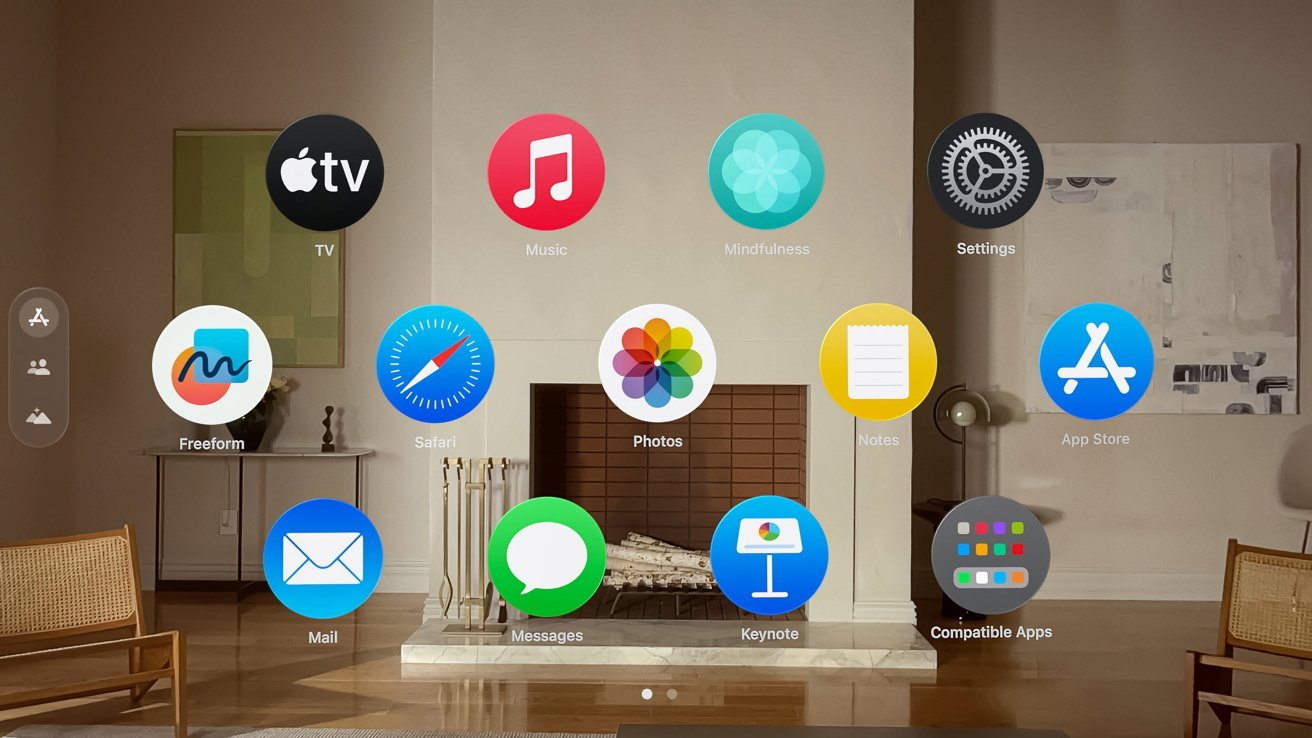
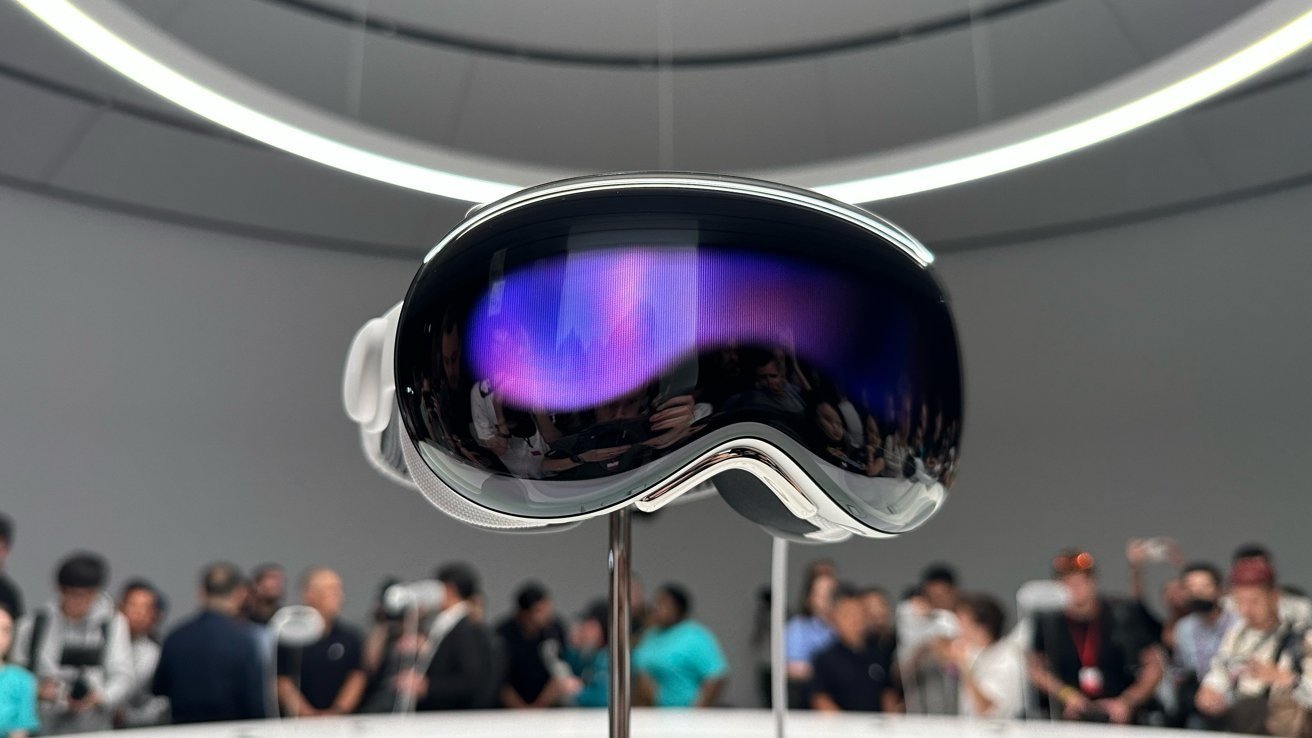



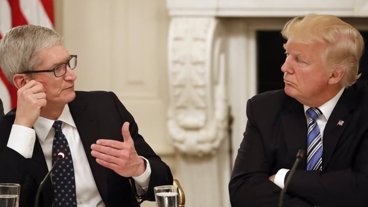



-m.jpg)





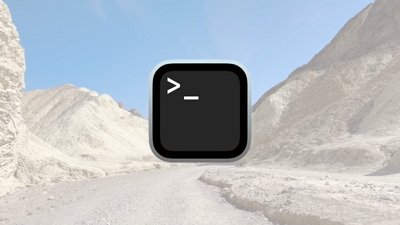
 Chip Loder
Chip Loder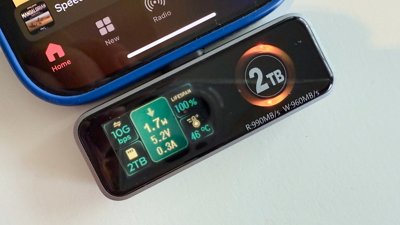
 Mike Wuerthele
Mike Wuerthele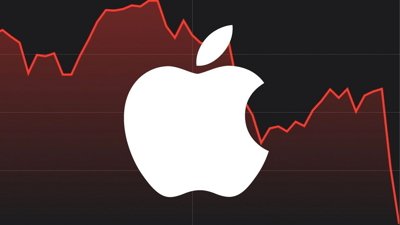

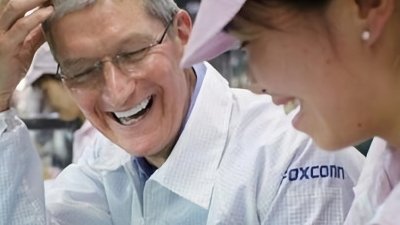
 Amber Neely
Amber Neely
 William Gallagher
William Gallagher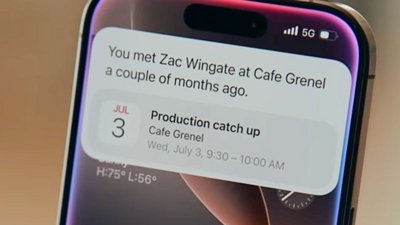
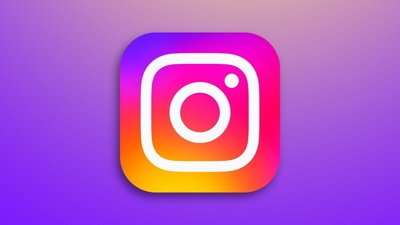


-m.jpg)






29 Comments
I can't help be notice the irony of a website called "appleInsider" being such an Apple outsider that they are writing the readers digest version of other reviews of an Appel product. Perhaps a name change is in order.
Seems like a probable liability issue if users start complaining about pain.
I can't help but miss Steve Jobs' approach. When Apple released the iPhone he said it well, "An iPod, a phone and an internet communicator. An iPod, a phone -- are you getting it? These are not separate devices. This is one device. And we are calling it iPhone." I understood what it was for and immediately understood why I would eventually have one, unlike the Vision Pro.
The reviewer quoted above says it well that they really don't understand its purpose. It might be a better FaceTime but I don't really use FaceTime *that* much. It might be a veritable unlimited real estate for computing but my two monitors are pretty fine and I like being able to look out the window and into the distance. It might be a better movie watching experience but I really enjoy watching with others. OK, maybe I can soon watch with family and friends around the world, and that might be nice. Maybe one day I'll think that desktop monitors are limiting, and joining a Teams or Zoom call is too confining, and 2D photos (even the awesome Live Photos) doesn't begin to capture the moment, and games couldn't really become 3D until you could turn your head to really be in it, and training is improved with more immersive "hands-on".
This device is practically pregnant with possibilities and I wish Apple and the Vision Pro team the best, I really do. It looks like some stunning kit. It'll be awesome to see this get into the hands of the public so we can begin to understand what "the next era in spatial computing" does for us.